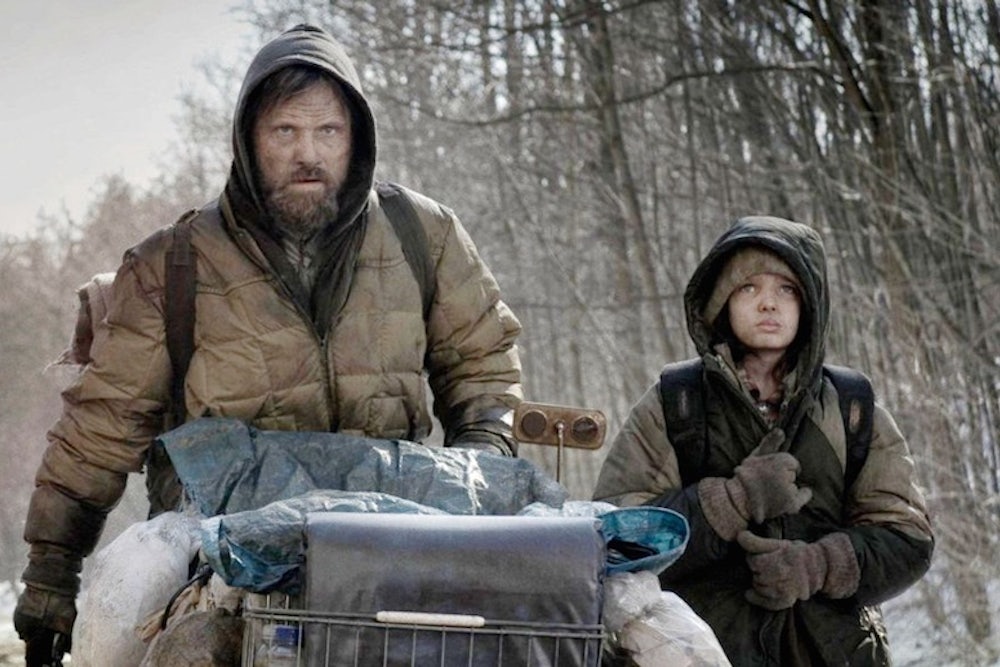The de facto assumption of climate change policy is that the world must limit the increase in global temperatures to 3.6 degrees Fahrenheit (2 degrees Celsius) above pre-Industrial levels, or risk hitting a tipping point where the impact becomes irreversible. The figure dates back to 1975, when economist William Nordhaus suggested that more than 3.6 degrees of warming would “take the climate outside of the range of observations which have been made over the last several hundred thousand years.” By the 1990s, 3.6 degrees gained traction in the scientific community and then in politics, when the European Council argued in 1996 that 3.6 degrees should be the United Nations’ red line for global warming. It wasn’t until four years ago, at a climate conference in Cancun, Mexico, that countries finally committed to “hold the increase in global average temperatures below” 3.6 degrees.
Despite being almost 40 years old, this temperature threshold remains controversial—and for good reason. One: It’s rather arbitrary. Two: It’s unrealistic. To stay within 3.6 degrees, global carbon pollution would have to begin coming down in the next decade, according to the United Nations Environmental Program Emissions Gap Report. The world would have to reach zero net greenhouse gas emissions before the end of the century.
In other words, we’re nowhere near where we need to be to stay under this target. Pollution continues to rise, and global temperatures are already locked in for warming that puts the planet two-thirds of the way there, currently around 1.5 degrees above pre-industrial level temperatures, counting the pollution we’ve emitted and will continue to emit in the short-term to medium-term.
As it becomes clear that international talks will fall short of meeting this target, some are calling to abandon it altogether.
A paper in Nature in October argued that we should instead measure various “vital signs,” like looking at extreme events around the planet. Negotiators at the December climate talks in Lima, Peru, have recognized that the proposed cuts mean accepting warming anywhere between 4 and 10 degrees. While many point out that 3.6 degrees is unrealistically low, scientists are meeting to reconsider whether this target is already too high.
NASA Goddard Institute for Space Studies climatologist Gavin Schmidt likened the 3.6 threshold to a speed limit: Going over the speed limit doesn’t ensure disaster, but it certainly raises the risk of it. “It means the faster you’re going around that curve, the more dangerous it is going to be,” he said. “What any one person might judge as a level that can be adapted to is going to be very dependent on where they’re coming from, what their culture is, how resilient they are, and how much money they have to adapt.”
Let’s say we resign ourselves to a future reality where global temperatures are twice the current target. This future is not all that unlikely, since “present emission trends put the world plausibly on a path toward” 7.2 degrees Fahrenheit (4°C) warming by the end of the century, according to a 2014 report from the World Bank.
At that level, what might the planet look like?


In starker language than what scientists normally use, the report described the impacts at 7.2 degrees as “devastating,” stating, “given that uncertainty remains about the full nature and scale of impacts, there is also no certainty that adaptation to a 4°C world is possible. This world means “communities, cities and countries would experience severe disruptions, damage, and dislocation, with many of these risks spread unequally.”
Scientists believe that 3.6 degrees is roughly the temperature at which the expansive ice sheets in Greenland and West Antarctica become unstable and melt at an unstoppable rate. If the West Antarctic ice sheet melted entirely, it would raise sea levels by more than 10 feet. If Greenland’s ice sheet melted away, add another 23 feet. It’s still a matter of contention how many centuries this would take, but a number of studies this year show these ice sheets melting at an alarming rate. In the last month, four studies show these ice sheets may be more unstable than previous models, which would mean current projections of sea level rise, of up to 4 feet by the century’s end, are too conservative. One of these analyses, from NASA and the University of California at Irvine, shows that western Antarctica lost water that’s equivalent to the weight of Mt. Everest every two years for the past 21 years.
This would change the world map as we know it. Some 12.3 million people live on U.S. land that would go underwater if the sea rises by 10 feet. Climate Central shows who in the U.S. would be affected:
Uncontrolled climate change would also fuel greater extremes across the world. We’re already experiencing hotter average temperatures; the first 11 months of 2014 means this year is on track to be the hottest year recorded. Those effects grow even worse in a world that’s 7.2 degrees warmer than pre-industrial times. The coolest months in tropical regions are likely to be “substantially warmer than the warmest months in the 20th century,” according to the World Bank. The summer months in the Mediterranean, North Africa, and the Middle East will exceed today’s heat extremes. Parts of Africa, the Middle East, and South Asia will face devastating droughts as temperatures rise. Food production will plummet and water supplies will be drained, even as the world population rises. No doubt, the frequency and severity of human conflict will rise right along with it.
